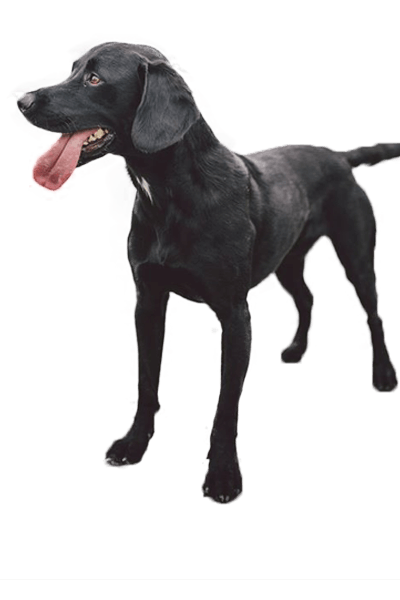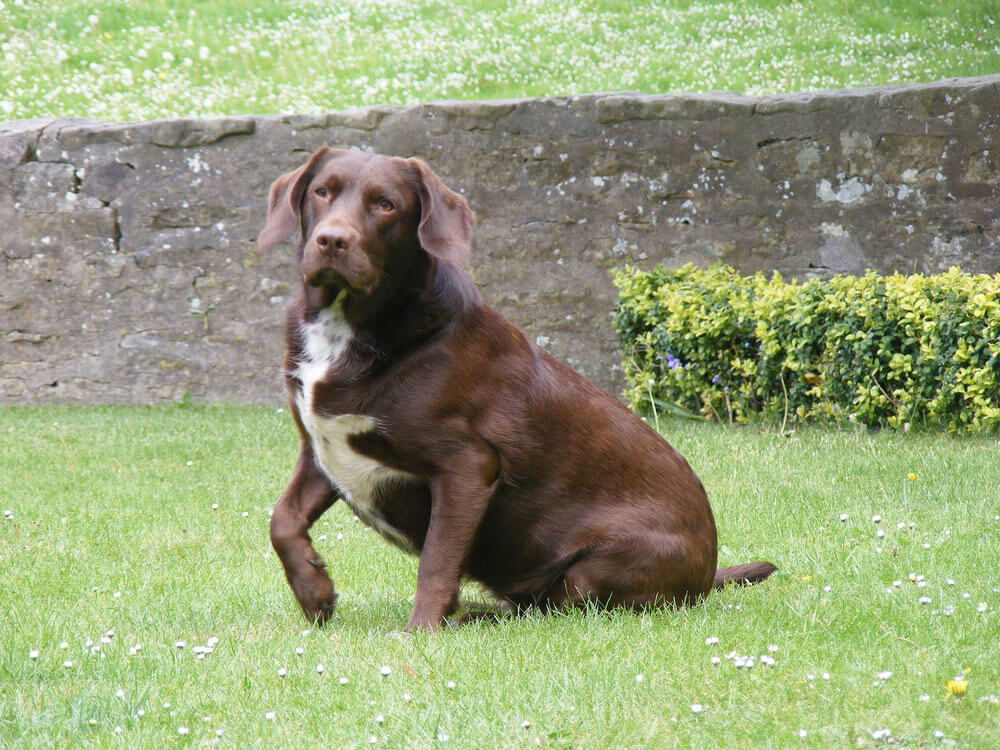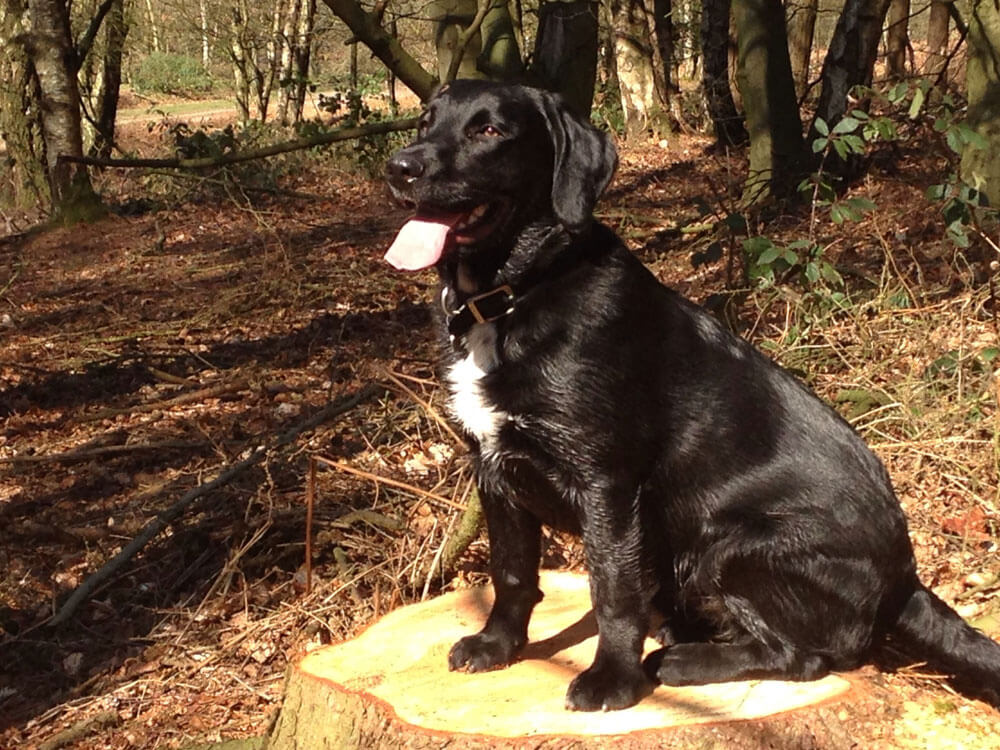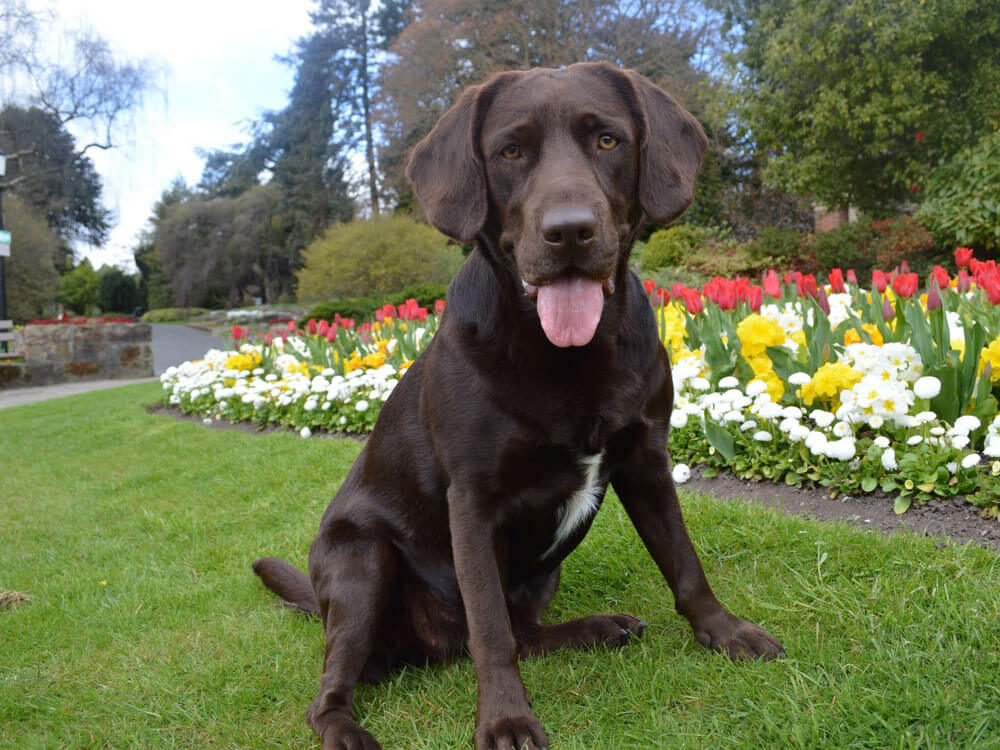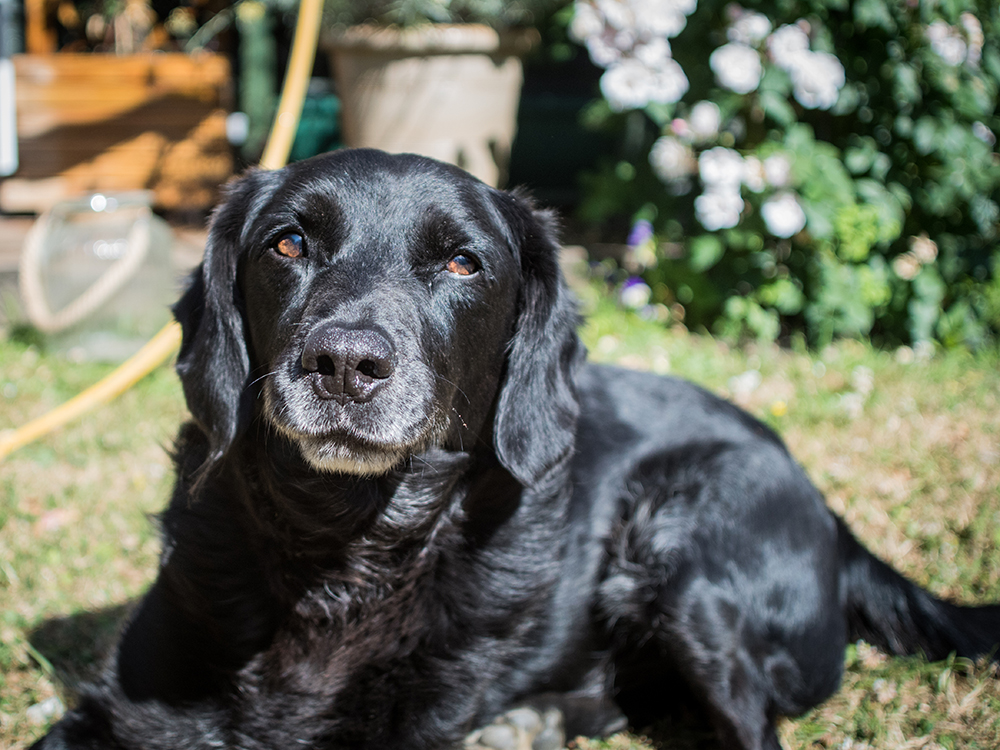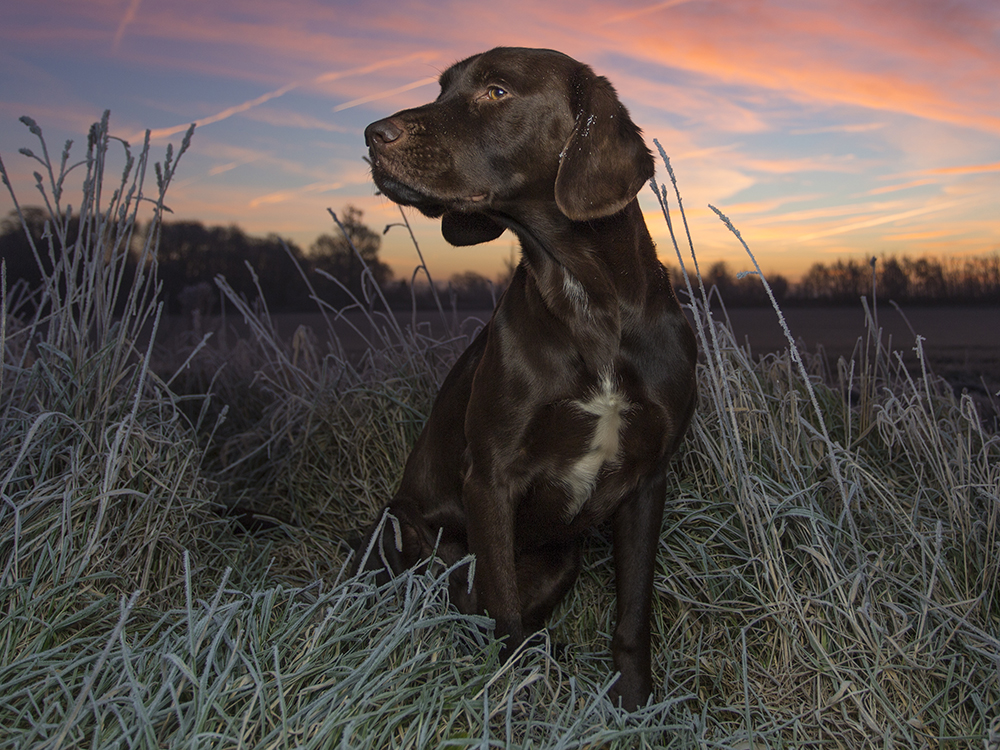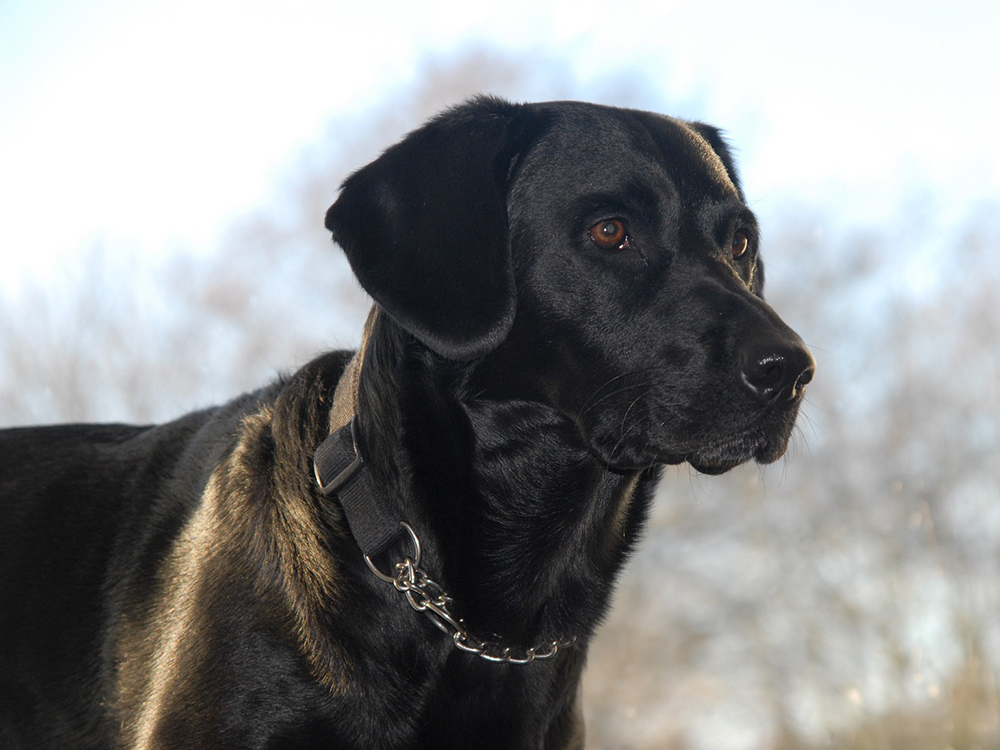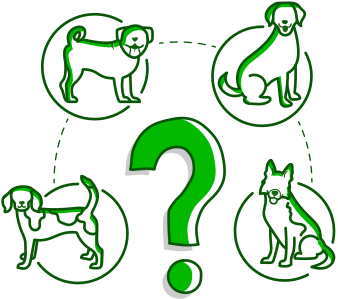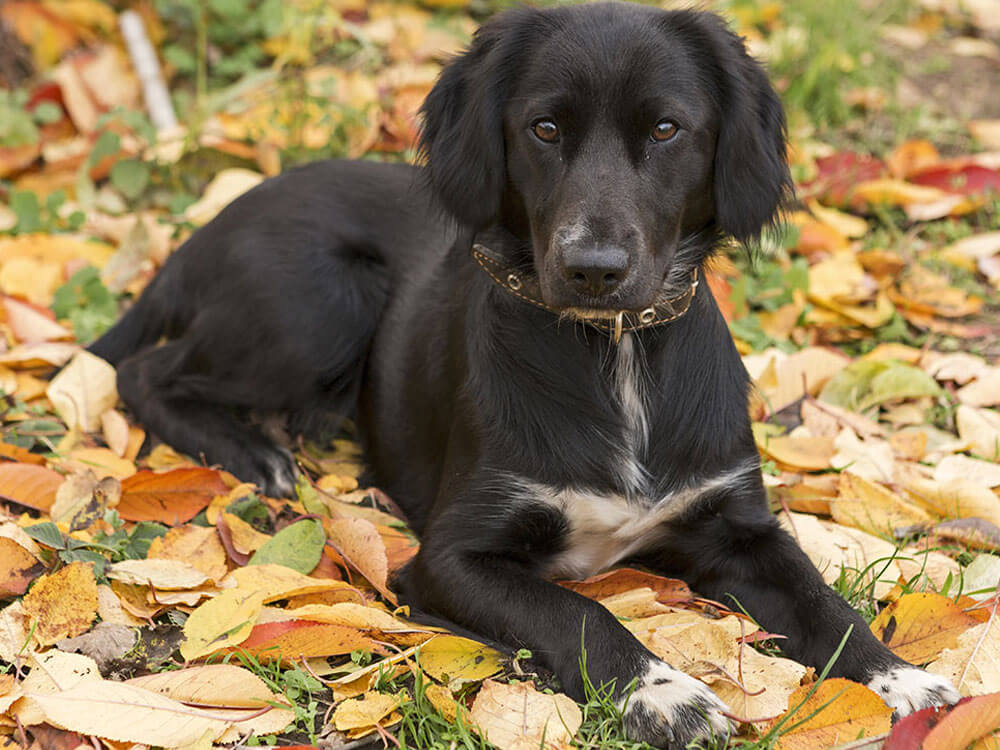
Springador Breed Pictures
Vital Breed Stats
| Height: | 56 - 61 cm M | 53 - 58 cm F |
| Weight: | 27 - 36 kg M | 25 - 32 kg F |
| Breed Group: | Gundog Dog Group |
| Life Expectancy: | 10 - 13 years |
| KC Registered: | No |
Breed Characteristics
| Size: |  |
| Grooming: |  |
| Exercise Level: |  |
| Trainability: |  |
| Barking Level: |  |
| Good with Children: |  |
| Good with other pets: |  |
| Affectionate: |  |
| Protective: |  |
| Cost to Keep: |  |
Give a thumbs up if you love the Springador

0
More About the Breed
History
The Springador is a designer breed with two pedigree parent breeds that are known to have sound temperaments: the English Springer Spaniel and the Labrador Retriever. The history of this crossbreed is difficult to trace even though it is relatively new to the dog scene. It is said that although this mix only rose to popularity recently, it has been around informally for decades in the canine sports world.
It is difficult to determine if the cross was intentional or accidental but the resulting breed is slowly but surely winning the hearts of dog owners. The breed is loved for its kind nature and sporting abilities.
Because the Springador breed has not been standardised and is yet to be recognised by any major breed registries, the overall appearance and characteristics of the breed can widely differ.
Appearance
Like most hybrid dogs that have not been standardised, Springadors can have varying sizes. They can weigh around 50 to 90 pounds and stand 46 to 61 centimetres, usually bigger than a Springer Spaniel but smaller than a Labrador.
For their coat, some Springadors have the tight hair of the Labrador and others take the longer coat of the Springer Spaniel. The latter often have a different amount of markings. There could also be feathering on the ears, chest, legs and tail.
The Springador usually has a double coat composed of a harsh outer coat that can be straight, wavy or shaggy and a dense soft undercoat. The breed comes in yellow, black, brown, chocolate, and golden, with or without markings.
Grooming
Grooming depends on the length of the coat. For short-coated Springadors, it is recommended with a weekly brush and wipe using chamois leather. While for longer-coated Spingadors, more frequent brushing is needed, about two to three times a week should is normally required.
Attention should be given to feathering in the ears, bellies and other parts to avoid tangles and matts. Other grooming regimens include regular brushing of the teeth, cleaning of the ears and trimming of the nails.
Temperament
Like its parent breeds, the Springador is friendly, happy and affectionate. It is no surprise that more people are looking to own this breed as a family companion. It is also a suitable choice for first-time dog owners. As an active breed, the Springador thrives with families that lead active, outdoor lives and is not for people that live in small apartments. It builds strong bonds with family members but can manage to be left alone for short periods. That being said, dogs should not be left unsupervised for long periods or they may develop negative behaviour to amuse themselves when they get bored.
Springadors have an affinity with children of all ages. However, since it is a high-energy dog, adults should always supervise interactions to avoid untoward incidents. It also gets along with other pets it grows up with but would consider cats and other small animals in the neighbourhood as prey.
Intelligence
Training-wise, the Springador is intelligent and willing to please so they can be taught various things, more than just basic commands. This highly trainable breed can be given important jobs and trained to become dependable therapy and police dogs.
It is important to start training as early as possible since Springador puppies can be active and energetic, making concentration during training more challenging. This breed also does not respond to harsh methods so it takes a lot of patience and positive reinforcements to get the job done.
Nutrition
- Senior and less active: up to 1,500 calories daily
- Typical adults: up to 1,670 calories daily
- Physically active/working dogs: up to 1,880 calories daily
Feeding
Health
Exercise
Springadors are high-energy and intelligent dogs that would need at least one hour of physically draining and mentally stimulating activities daily to be truly happy. Aside from walks, it will excel in canine sports and would gladly take on jobs.
However, as previously mentioned, it can be prone to Exercise Induced Collapse, which is common in mixed breeds. Make sure not to overdo strenuous activities especially in extreme weathers.
Cost of Ownership
Purebred or not, all dogs deserve to be loved and cared for. Raising a dog means shelling out money to be able to provide for all its needs. Firstly, buying a Springador puppy will cost you around £300 to over £600. Pet insurance for this breed starts at £25 for basic coverage, and if you go for a lifetime plan, the price could go up to £45 per month.
Prepare to initially spend about £200 for its basic equipment and £40 monthly for food. The highest expense will go to routine veterinary care, which is very important to prevent breed-related health issues. It will set you back around £900 annually for check-ups, vaccinations and boosters, worm/flea treatments, and neutering when the right time comes.
Springador Breed Highlights
- The Springador is a friendly, even-tempered and sweet dog.
- There are no breed standards so adult size and appearance are difficult to predict.
- Like its parent breeds, it is intelligent and willing to please.
- Grooming depends on the length of the coat but is generally easy to maintain.
- It is a high-energy dog that needs 60 minutes of exercise every day.
